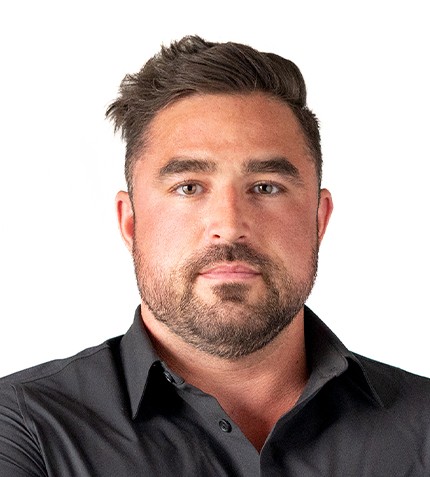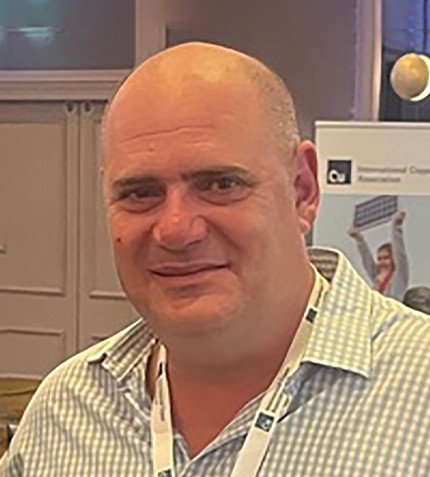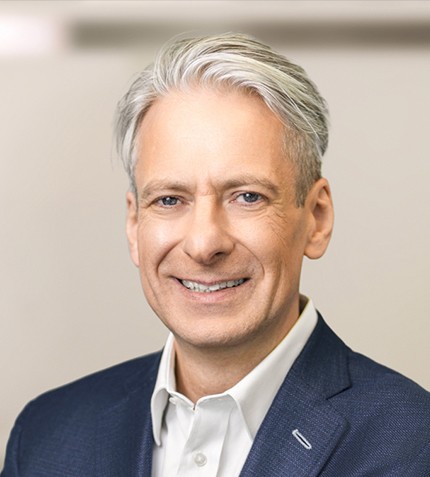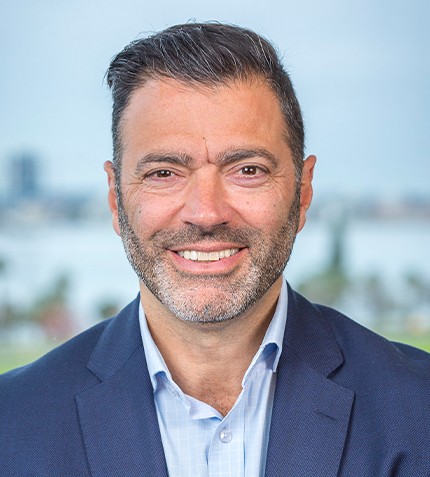
"The two main ways to differentiate in this space are a unique portfolio and superior development capabilities."
Milan Vignjevic
APAC REGIONAL COMMERCIAL DIRECTOR, ENVALIOR
Could you introduce the newly created Envalior to our international audience?
Envalior was created last year as a merger between two highly complementary businesses: DSM Engineering Materials (DEM) and LANXESS High Performance Materials (HPM), each a leader in their field with a combined heritage of over a century. This makes Envalior one of the world’s leading engineering materials companies. We have a turnover of over 4 billion euros, 4,000 employees worldwide, and a global footprint across the Americas, Europe, and APAC. We are structured in three divisions (performance materials, specialty materials, and intermediates).
How is Envalior leveraging the portfolio synergies to differentiate in the engineering materials market?
The two main ways to differentiate in this space are a unique portfolio and superior development capabilities. Envalior brings together an unmatched portfolio from the DEM and HPM divisions, on the polyamides chain, like PA6 and PA66, as well as specialty polyamides like PA46, PA410, PA4T PPA, and engineering materials such as PBT and PPS. Additionally, we have extensive design, simulation, and application experience, compounded by a long track record in high-performance and innovative solutions. Customers in materials engineering are looking for more than a supplier – they seek a development partner. Getting it right on the first try is critical, so we walk with them from concept and design to implementation, taking into account the boundary conditions and functional requirements of end products, be these automotive, electronics and electrical, consumer goods, industrial, medical, or food packaging. Having a truly global reach, with R&D and production centers in all regions, also positions us close to our customers.
Could you elaborate on Envalior’s R&D capabilities?
Envalior has in-house capabilities across all the relevant phases of our customers’ product development. We offer tailor-made compounds to meet application requirements (material development), and then work on the right design (concept development) to offer our customers a competitive edge in terms of productivity and function integration; we then use world-class software to run simulations, identify, and rectify potential problems (computer-aided engineering), before we provide prototyping (processing support) and material & part testing at our centers.
What are the advantages of a pure-play, backward-integrated business?
Envalior is backward integrated into intermediates for relevant products like PA6 (nylon 6) or PA46 (nylon 46) and even into glass fibers. We also have various polymerization units like PA4, PA46, PBT and TPC (thermoplastic copolyesters). At the same time, we do not play in big commodity markets like polyethylene (PE) or polypropylene (PP). Envalior is less vulnerable to swinging commodity prices, while having the flexibility to adjust to prevailing market conditions and focus on markets where we can take leading positions.
How is Envalior’s portfolio responding to the decarbonization journey that many players within the manufacturing sectors have embarked on?
Sustainability and a low-carbon footprint are no longer a trend, but a license to operate, and hence it must be embedded across all processes within your internal value chain.
As a frontrunner in mechanical and chemical recycling technologies, our portfolio counts over 150 recycled or bio-based grades. We are striving to expand this. Some of our products that contain recycled content include Durethan PA6 & PA66 ECO and Pocan PBT ECO grades, all containing postindustrial recycled glass fibers; Pocan ECO T is a PBT that uses recycled post-consumer waste from PET. On the renewable materials side, Envalior offers a mass-balance solutions approach across our EcoPaXX, Stanyl, Akulon, Arnitel, and Durethan range. Very uniquely, Akulon PA6 repurposed grade is made from abandoned recycled fishing nets, with a reduced carbon footprint of up to 82%. This has attracted a lot of attention from leading brands, finding applications like the Samsung Galaxy S22, Schneider Electric’s Merten recycled ocean material product range, and recently, Ford Bronco, a first in a commercial vehicle containing repurposed grades.
Envalior has realized also Scope 2 GHG emission reductions by switching to renewable energy sources in most of its compounding sites.
What is your outlook for 2024-2025 in Southeast Asia?
Rapid upgrades in the manufacturing industries in Southeast Asia will trickle down to all downstream sectors, while demand for EVs and electronics is only going up. The market is resilient and fast-adaptive, and its advent up the value chain is the perfect fit for Envalior as the partner of choice for engineering materials.










